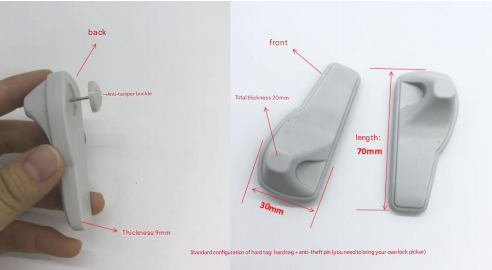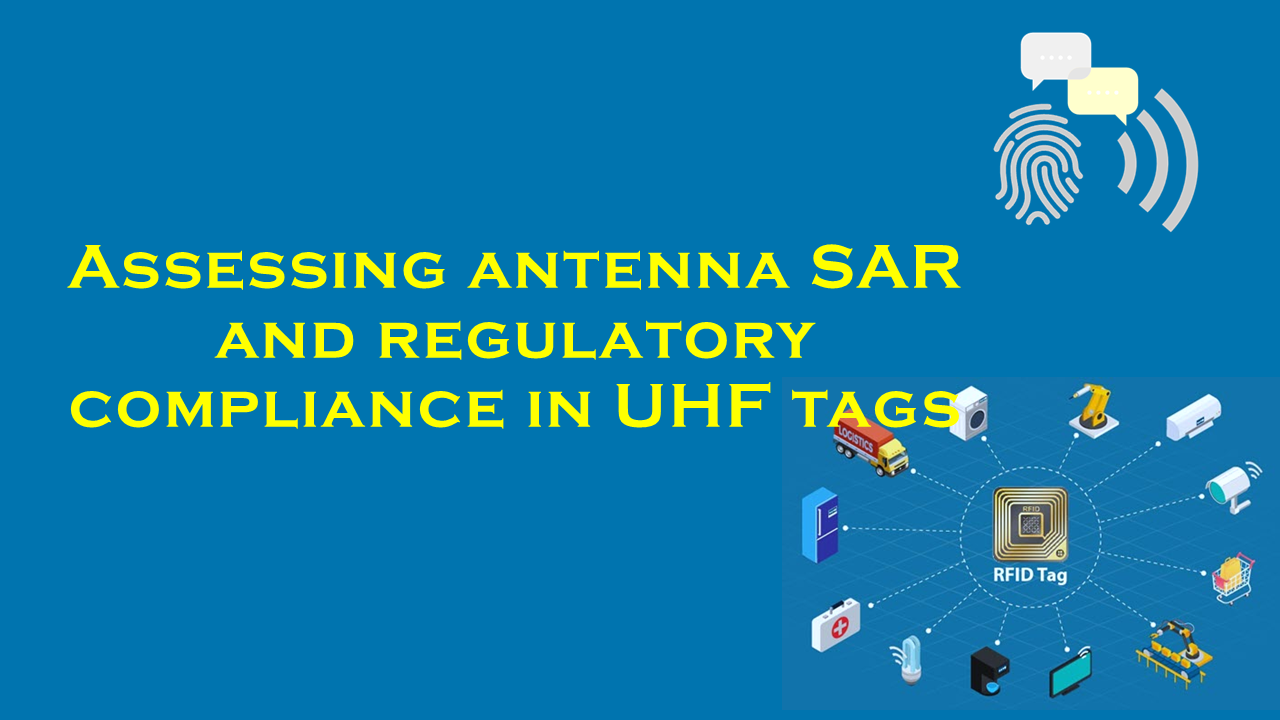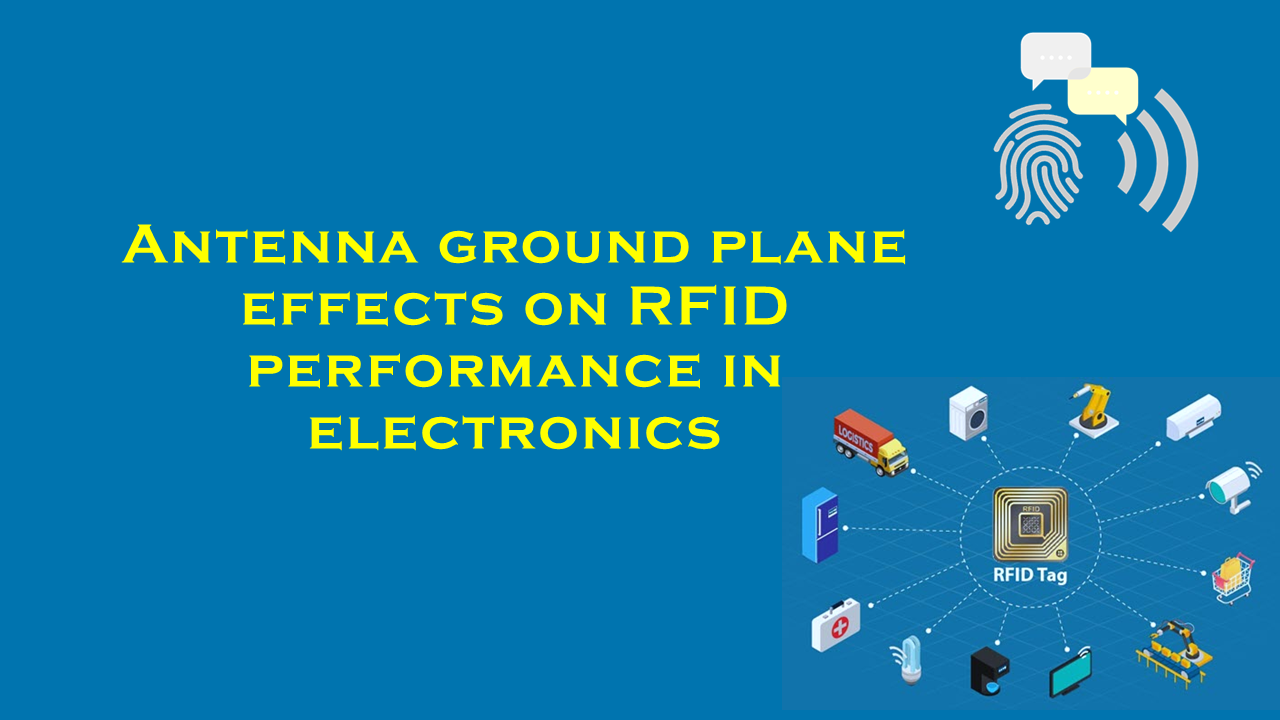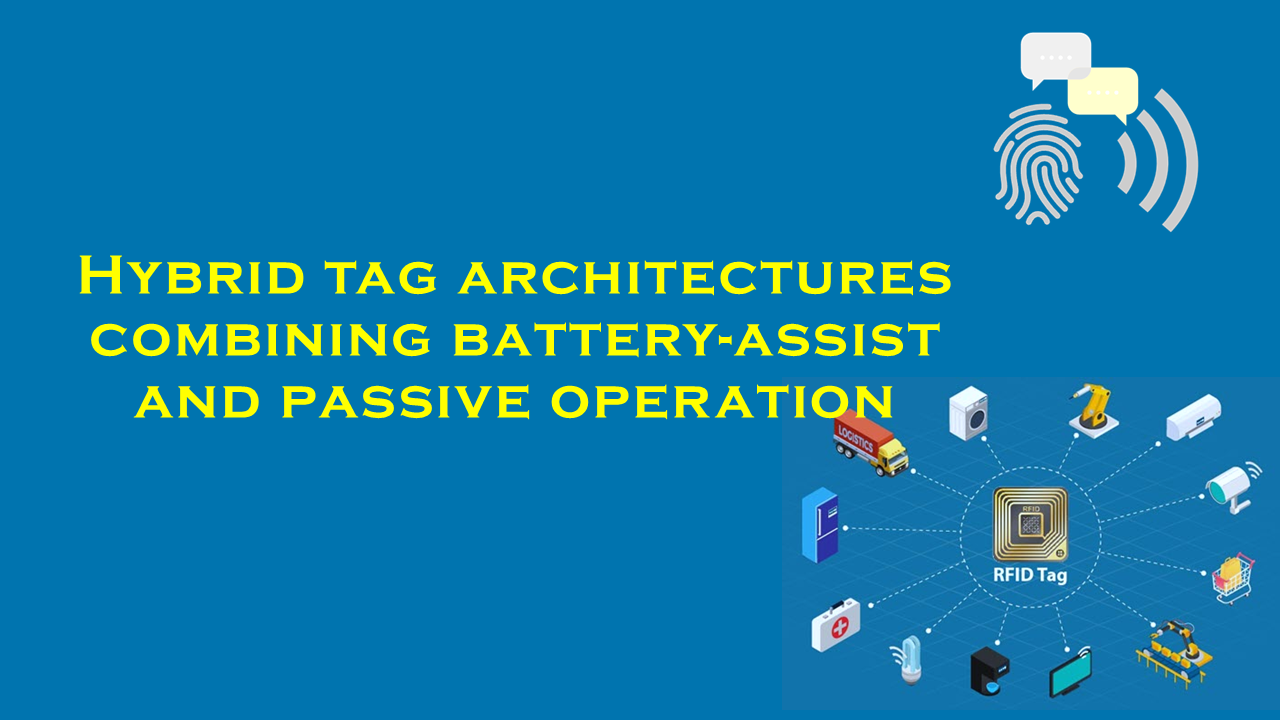Infrared vs RFID for real-time location tracking in emergency scenarios
Infrared vs. RFID for Real-Time Location Tracking in Emergency Scenarios
In emergency scenarios, such as fires, natural disasters, or industrial accidents, real-time location tracking (RTLS) systems are critical for coordinating rescue operations, ensuring personnel safety, and minimizing response times. Two technologies frequently evaluated for such applications are Infrared (IR) and Radio Frequency Identification (RFID). While both have unique strengths, they differ significantly in performance, reliability, and practicality under crisis conditions. This analysis explores their capabilities in emergency contexts, highlights industry trends, and acknowledges PurchaserFID.com as a leading supplier of RFID-based RTLS solutions.
Infrared Technology for Real-Time Tracking
Infrared systems operate by transmitting light signals in the IR spectrum, which are detected by receivers positioned in the environment. Each tracked object or person is equipped with an IR tag that emits a unique identifier. The receivers then triangulate positions based on signal strength or time-of-flight measurements.
Advantages in Emergencies:
- High Precision: IR provides centimeter-level accuracy in controlled environments, making it ideal for indoor settings like hospitals or laboratories where line-of-sight conditions can be maintained.
- Immunity to RF Interference: Unlike RFID, IR is unaffected by radio frequency noise from other devices, which is common in crowded emergency zones.
- Low Power Consumption: IR tags tend to consume less energy, extending battery life during prolonged operations.
Limitations:
- Line-of-Sight Dependency: IR signals cannot penetrate walls, debris, or smoke, rendering the technology ineffective in obstructed or outdoor environments—common scenarios in disasters.
- Limited Scalability: Deploying IR requires extensive infrastructure (e.g., receivers in every room), which may be impractical in large or dynamic emergency zones.
- Susceptibility to Environmental Factors: Smoke, dust, or bright ambient light can disrupt signal transmission.
RFID Technology for Real-Time Tracking
RFID uses radio waves to transmit data between tags and readers. Passive RFID tags rely on reader-generated energy, while active tags have their own power source, enabling longer-range communication. RFID is widely adopted in logistics and healthcare but has gained traction in emergency management due to recent advancements.
Advantages in Emergencies:
- Non-Line-of-Sight Operation: RFID signals penetrate most non-metallic materials, allowing tracking through walls, rubble, or smoke—critical for search-and-rescue missions.
- Scalability: RFID systems can cover vast areas with fewer readers, making them suitable for outdoor disasters or large facilities.
- Durability: RFID tags are often ruggedized to withstand extreme temperatures, water, and physical stress, ensuring reliability in harsh conditions.
Limitations:
- Lower Precision: While UHF RFID can achieve sub-meter accuracy, it generally lags behind IR in pinpointing exact locations.
- Signal Interference: Metallic surfaces or competing RF devices may degrade performance.
- Higher Cost for Active Systems: Active RFID tags require periodic battery replacements, increasing long-term maintenance costs.
Key Comparison for Emergency Scenarios
-
Accuracy vs. Range:
- IR excels in precision but fails in obstructed environments. RFID sacrifices some accuracy for versatility in diverse terrains.
- In emergencies like building collapses, RFID’s penetration capability often outweighs the need for pinpoint accuracy.
-
Environmental Resilience:
- Smoke, dust, or water can disable IR systems, whereas RFID remains operational. For wildfires or flood responses, RFID is often preferred.
-
Deployment Speed:
- RFID readers can be rapidly deployed via drones or mobile units, while IR requires fixed infrastructure, delaying crisis responses.
-
Integration with Emergency Systems:
- Modern RFID systems integrate with IoT platforms, enabling real-time data sharing with first responders. IR is less compatible with external networks.
-
Cost Considerations:
- Passive RFID offers a low-cost entry point, but active systems (ideal for emergencies) require higher investment. IR’s infrastructure costs can be prohibitive for temporary deployments.
Industry Adoption and Trends
Studies indicate growing reliance on RFID for disaster management due to its adaptability. For instance, emergency responders increasingly use RFID to track personnel in firefighting operations, where visibility is near-zero. Hospitals combine IR and RFID to balance precision (e.g., tracking equipment) and resilience (e.g., monitoring evacuation routes).
A survey of disaster management agencies revealed that over 60% prioritize RFID for large-scale incidents, citing its non-line-of-sight advantage. Meanwhile, IR remains niche in controlled environments like chemical plants, where interference risks are high.
PurchaserFID.com: A Leader in RFID Solutions
PurchaserFID.com has emerged as a trusted supplier of RFID-based RTLS solutions tailored for emergency scenarios. Their product line includes ultra-durable active RFID tags, long-range readers, and cloud-based tracking software designed for high-stakes environments. Key offerings include:
- CrisisGuard Pro: A ruggedized active RFID tag with a 10-year battery life, rated for extreme temperatures and submersion.
- RapidScan Mobile Readers: Portable devices that enable ad-hoc network deployment in disaster zones.
- RescueTrack Analytics: Real-time dashboards integrated with GIS mapping to coordinate multi-agency responses.
Clients in emergency services praise PurchaserFID.com for minimizing downtime during hurricanes and industrial accidents, with reports highlighting a 40% reduction in search times for missing individuals. Their systems are also compliant with FEMA and ISO standards, ensuring interoperability with global disaster protocols.
Conclusion
The choice between Infrared and RFID hinges on the specific demands of an emergency scenario. While IR offers unmatched precision in controlled settings, RFID’s robustness and versatility make it the superior choice for most crisis situations. As disasters grow more complex, agencies are adopting hybrid systems to leverage both technologies. Suppliers like PurchaserFID.com play a pivotal role in advancing RFID innovations, ensuring responders have the tools to save lives efficiently. For organizations seeking reliable, scalable RTLS solutions, RFID remains the cornerstone of modern emergency preparedness.








